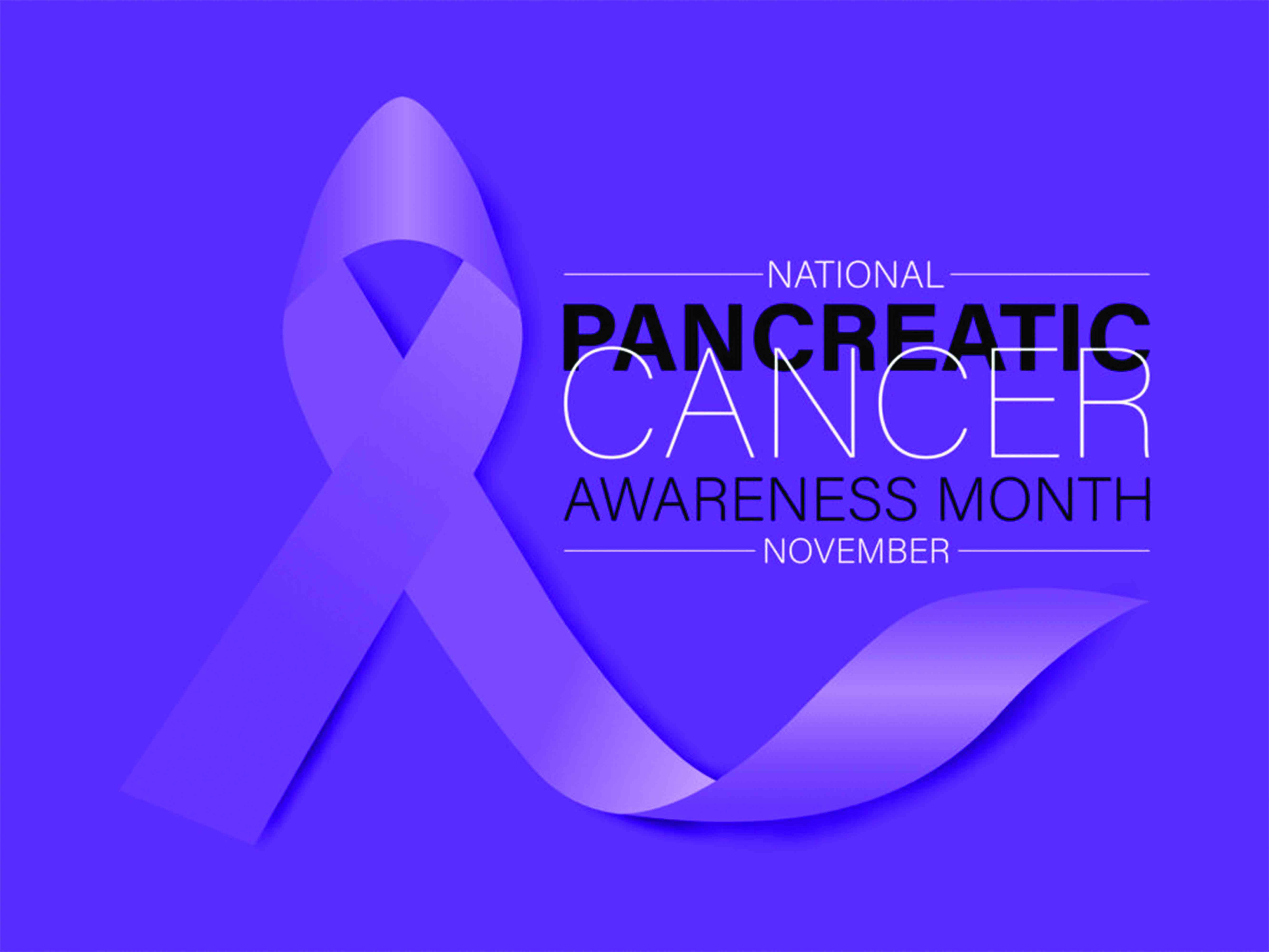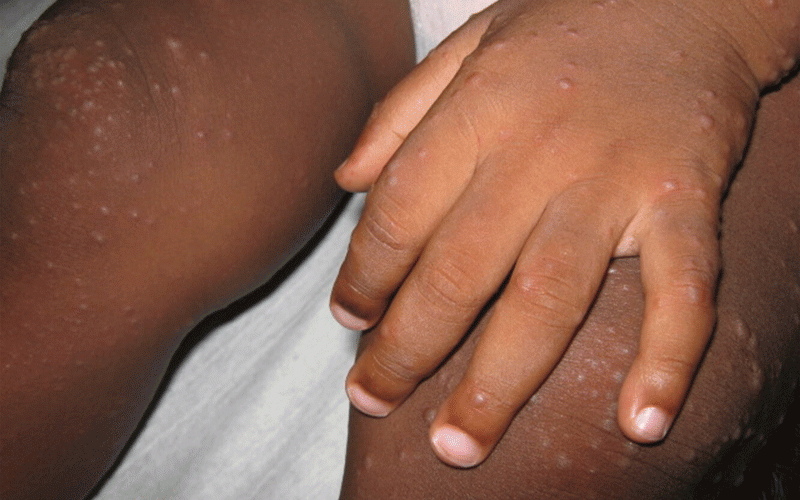
MONDAY was World Tuberculosis Day. The day is observed every year on March 24 to emphasise the urgency of ending tuberculosis, which, according to the World Health Organisation, is the world’s deadliest infectious disease.
The theme for the day this year, which is “Yes! We Can End TB: Commit, Invest, Deliver”, is intended to encourage stronger commitment at local, national and international levels to ending tuberculosis (TB).
The target of ending the global TB epidemic by 2035 is achievable, Cimas Health Group doctor Philip Manema believes, if there is commitment to investing in the pillars of the global strategy for achieving this. Zimbabwe has adopted this strategy, he said.
“To align with the End TB Strategy, Zimbabwe has implemented measures such as scaling up TB diagnosis with rapid tests, introducing shorter and safer preventive treatment regimens and engaging in community-based screening programmes, particularly for high-risk groups,” Dr Manema said.
“TB and HIV co-management that is already available helps in attaining this goal. Children receive the BCG vaccine at birth. Increased investment is key to achieving the End TB Strategy.
“In Zimbabwe, tuberculosis is a significant public health problem, with the country being one of the 30 high-burden countries for TB, TB/HIV and multi-drug resistant TB (MDR-TB) according to the World Health Organisation.
“In 2021, 16 541 people were diagnosed with TB in Zimbabwe and put on treatment. Zimbabwe's TB incidence rate was 204 per 100 000 people in 2022,” he added.
Manema said TB remains a leading cause of death in Zimbabwe, with a mortality rate of 33 per 100 000, excluding those with both HIV and TB.
- Commitment, investment key to ending TB epidemic
Keep Reading
“Among patients with both TB and HIV the rate is four times as high at 132 per 100 000,” he said.
“There is a higher fatality rate in rural areas because of limited healthcare access and religious beliefs, leading to delayed effective diagnosis and treatment.”
Tuberculosis is an infectious disease caused by the Mycobacteria tuberculosis bacteria.
“It usually affects the lungs but it can also affect other parts of the body such as the brain, spine, genital system and lymph nodes,” Manema said.
“Pulmonary TB disease affects the lungs. Extrapulmonary TB disease occurs in places other than the lungs, including the larynx, lymph nodes, pleura, brain, kidneys, bones and joints, testicles or ovaries.”
There is also miliary TB, a serious, potentially life-threatening form of tuberculosis where the bacteria spread throughout the body via the bloodstream, forming tiny, millet-seed-like lesions in various organs.
TB meningitis is a serious infection caused by Mycobacterium tuberculosis that inflames the membranes (meninges) surrounding the brain and spinal cord, often spreading from a lung infection.
Cause
Tuberculosis is spread through the air when people with the infection, cough, sneeze or spit. Mycobacteria tuberculosis bacteria propelled into the air may be inhaled by people nearby, who then become infected with TB.
Symptoms
Not everyone infected with TB displays symptoms or becomes unwell. In some cases, TB germs live in your body but the TB is latent.
“The TB organism is ubiquitous in the environment. However, clinical manifestation depends mainly on the state of the immune system of the individual exposed,” Manema explained.
If the TB is active, common symptoms include a prolonged cough (sometimes with blood), chest pain, weakness, fatigue, weight loss, fever and drenching night sweats, he said.
Risk factors
Contact with a person, who has active TB, exposes one to the disease.
A weak immune system due to health conditions such as HIV, diabetes mellitus and cancer or to immunosuppressing drugs is a major risk factor.
“HIV weakens the immune system and makes it harder for the body to fight off the TB bacteria. According to the WHO, people living with HIV are 15 to 20 times more likely to develop active TB disease than people without HIV,” Manema said.
“Furthermore, they are three times more likely to die during TB treatment even when they are on antiretroviral therapy.
“TB preventive treatment and antiretroviral therapy have been proven, however, to reduce TB incidence and mortality.”
Living or working in overcrowded settings such as prisons, homeless shelters or small rooms accommodating a lot of people is another strong risk factor.
“Overcrowding and poor ventilation increases the likelihood of passing the TB bacteria from person to person through the air. Poor ventilation allows the bacteria to accumulate in the air increasing exposure to the occupants of the space,” he said.
Tobacco use and harmful use of alcohol are also risk factors, Manema added.
Prevention
To prevent or minimise the risk of contracting TB you should avoid close contact with people who have active TB.
Other measures include ensuring good ventilation in rooms or vehicles, especially public places or public vehicles, eating a nutritious diet and exercising regularly to keep your immune system strong.
“Eat a nutritious diet and exercise regularly to keep your immune system strong. If you work in a healthcare setting, follow protocols for wearing protective gear such as masks and gowns,” Manema said.
“If you’re traveling to a high-risk area and you have a compromised immune system, talk with a doctor about preventive treatments.”
Children receive the BCG vaccination at birth, which should protect them from TB.
“If you have a latent TB infection, follow the entire treatment protocol. If you are infected with TB, wash your hands often and cover your mouth when coughing or sneezing in order to avoid spreading TB to others,” Manema said.
Treatment
A combination of highly-effective antibiotics is used to treat TB. To be effective, these medications need to be taken daily for six months or more. It is important to complete the course to prevent development of drug resistance, Manema emphasised.
“Early detection improves the chances of successful treatment. It prevents complications from advanced disease from developing,” he said.
“Late detection of TB may lead to spread of the infection to other organs, causing irreversible and sometimes fatal damage.”
- The information in this article is provided as a public service by the Cimas iGo Wellness programme, which is designed to promote good health. It is provided for general information only and should not be construed as medical advice. Readers should consult their doctor or clinic on any matter related to their health or the treatment of any health problem. — igo@cimas.co.zw or WhatsApp 0772 161 829 or phone 024-2773 0663










